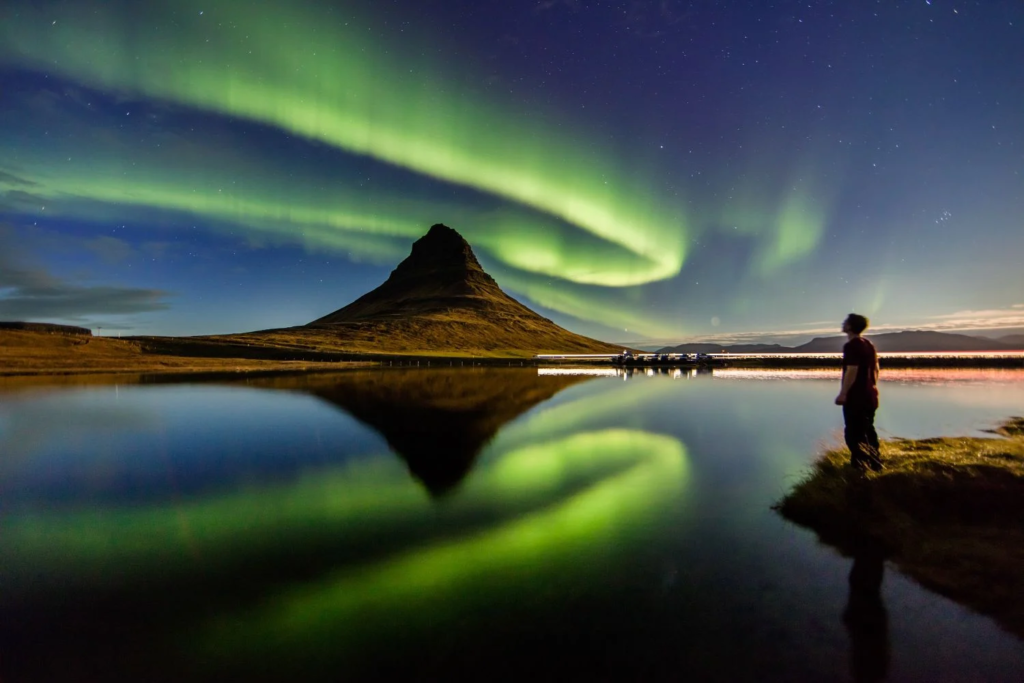The northern lights, also known as the aurora borealis, are one of the most mesmerizing natural phenomena visible in the night sky.
If you’ve ever dreamed of witnessing this breathtaking spectacle, winter is the perfect time to chase the auroras.
In this guide, we’ll explore how to see the northern lights this winter, offering tips and tricks for an unforgettable experience.
Understanding the Northern Lights

The northern lights occur when charged particles from the sun collide with atoms in the Earth’s atmosphere, creating colorful displays of light.
This phenomenon is most commonly seen in high-latitude regions near the Arctic Circle, including Norway, Sweden, Iceland, Finland, Alaska, Canada, and Russia.
1. Choose the Right Time and Place

To maximize your chances of seeing the northern lights, you’ll need to be in the right location at the right time. Here’s what to consider:
- Winter Months: The best time to see the northern lights is during the winter months when nights are long and skies are dark. In the Northern Hemisphere, this typically means between late September and early April.
- Dark Skies: Find a location with minimal light pollution to ensure optimal visibility of the auroras. National parks, remote areas, and rural communities are ideal spots for stargazing.
2. Monitor the Aurora Forecast

Keep an eye on the aurora forecast to plan your viewing adventure. Websites and apps like Aurora Forecast, Space Weather Live, and NOAA’s Space Weather Prediction Center provide real-time data on aurora activity, including predicted intensity and location.
3. Seek Clear Skies and Ideal Conditions

Clear, dark skies are essential for seeing the northern lights. Check the weather forecast and choose nights with minimal cloud cover and atmospheric disturbance.
Cold, crisp nights with low humidity often provide the best viewing conditions.
4. Stay Up Late and Be Patient

The northern lights are most active between 10:00 PM and 2:00 AM local time, although they can sometimes be visible earlier in the evening or just before dawn.
Be prepared to stay up late and be patient—it may take time for the auroras to appear, but the wait is worth it.
5. Find a Dark Viewing Spot

Once you’ve chosen your location, find a dark viewing spot away from artificial lights.
Set up your camera on a tripod and allow your eyes to adjust to the darkness for the best viewing experience.
6. Capture the Moment

Bring a camera with manual settings to capture the northern lights in all their glory. Use a wide-angle lens, set your aperture to the widest possible, and adjust your ISO and shutter speed accordingly. Experiment with different exposure times to capture the vibrant colors and movement of the auroras.
7. Stay Warm and Comfortable

Winter nights can be cold, especially in northern regions, so dress warmly in layers and bring along blankets, hand warmers, and hot drinks to stay comfortable while waiting for the auroras to appear.
8. Embrace the Experience

Seeing the northern lights is a magical experience that you’ll never forget. Take the time to enjoy the moment, soak in the beauty of the auroras dancing across the sky, and marvel at the wonders of the universe.
Conclusion
Chasing the northern lights is an adventure like no other, offering the opportunity to witness one of nature’s most awe-inspiring spectacles. By choosing the right time and place, monitoring the aurora forecast, and being patient and prepared, you can increase your chances of seeing the auroras and create memories that will last a lifetime. So, bundle up, head outside, and prepare to be amazed by the dazzling display of the northern lights this winter.

